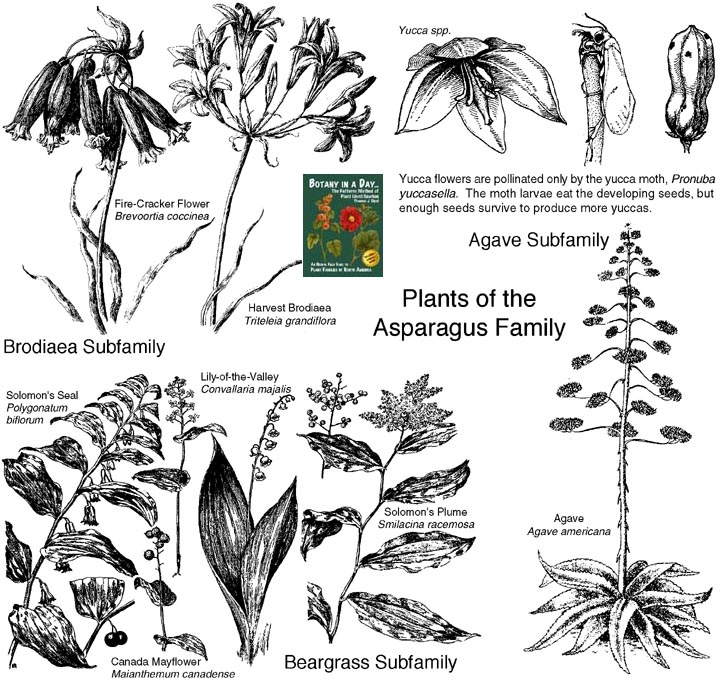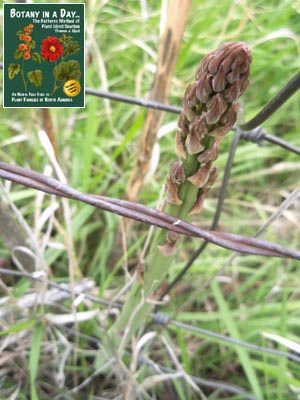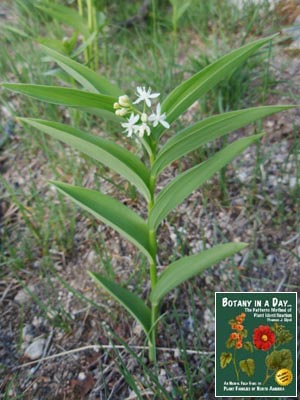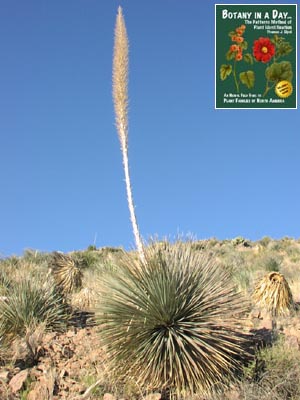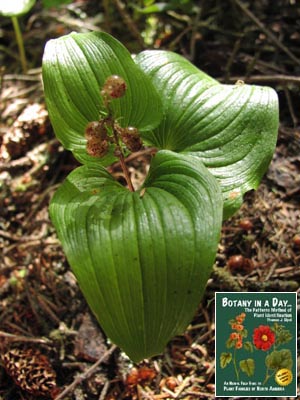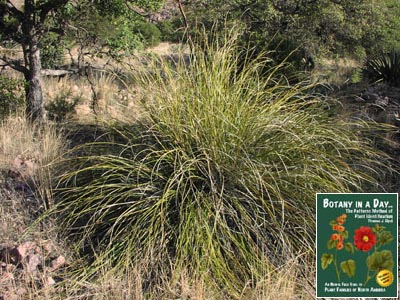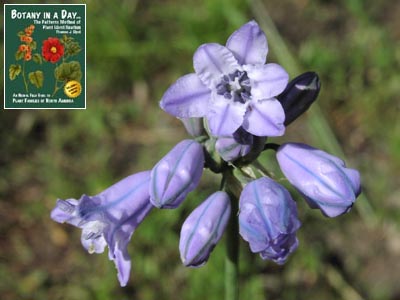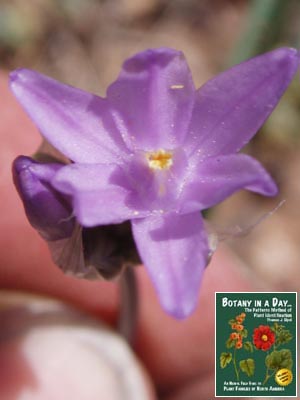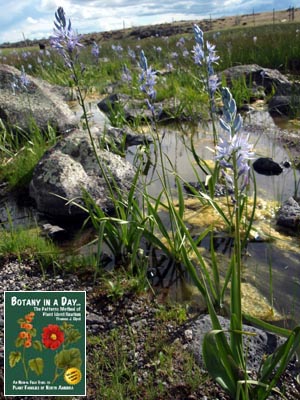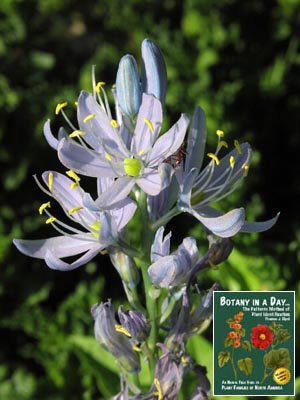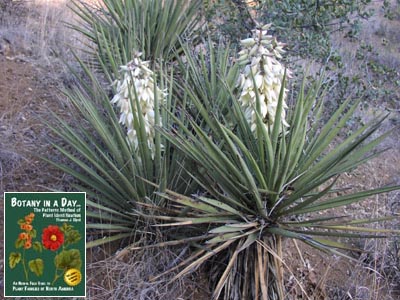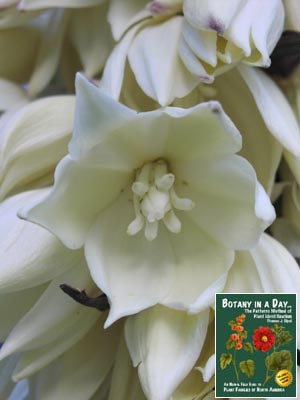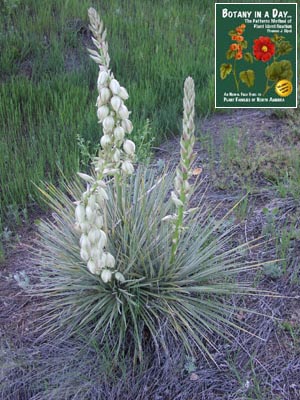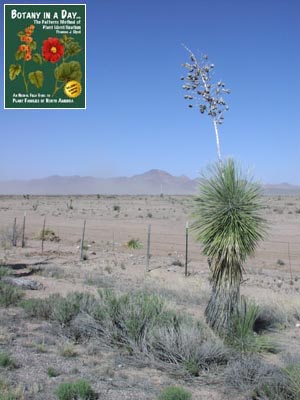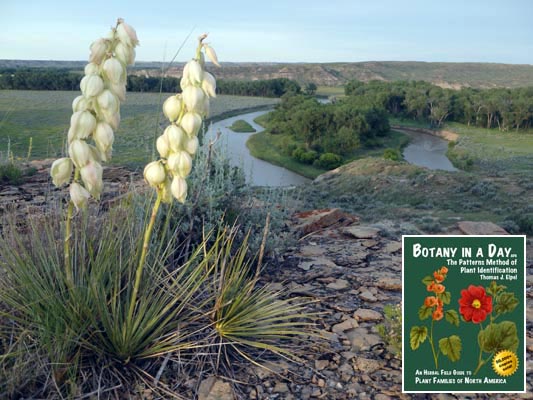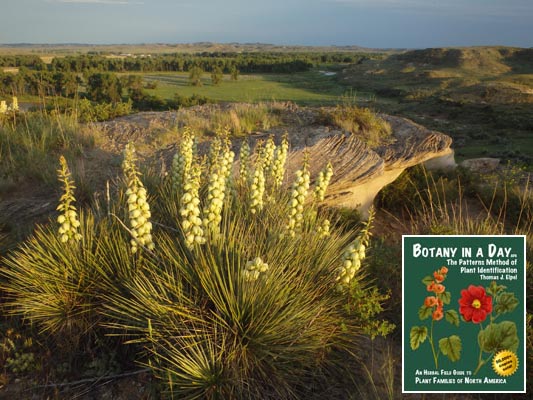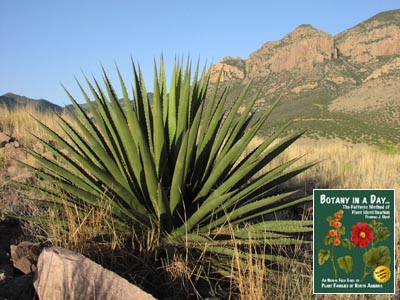| Thomas J. Elpel's Web World Portal  Wildflowers & Weeds |  


 Wildflowers-and-Weeds.com
Wildflowers-and-Weeds.com Plant Identification, Foraging, and Ecology with Thomas J. Elpel Home | Plant Identification | Plant Families Gallery | Edible Plants | Mushrooms | Links Desertification & Weed Ecology | Weed Profiles | Search this Site |
|
Asparagaceae In splitting up the old Lily family into smaller families of more closely related plants, taxonomists defined the Asparagus, Agave, Beargrass, and Brodiaea families, listing them as distinct families sensu stricto ("in the strict sense"), or lumping them together as subfamilies within a conglomerate Asparagus family, sensu lato ("in the wider sense"). Taxonomists currently favor the latter, but unfortunately, the conglomerate family lacks any obvious patterns for intuitive identification. Separate descriptions are provided for each of the subfamilies here to clarify identification. Similar to other lily-like families, members of the Asparagus family typically have 3 sepals and 3 petals that are similar in size and color, plus 6 stamens and a 3-parted pistil. Asparagus Subfamily | Agave Subfamily | Beargrass Subfamily| Brodiaea Subfamily Please e-mail Thomas J. Elpel to report mistakes or to inquire about purchasing high resolution photos of these plants. Instead of true leaves, Asparagus has leaf-like branches for photosynthesis. This subfamily includes only two genera, Asparagus, from the Old World, and Hemiphylacus from Mexico..
The Beargrass subfamily of the Asparagus family was cobbled together from a number of closely related groups of plants that were previously proposed as independent families themselves, including Ruscaceae, Dracaenaceae, Convallariaceae, Eriospermaceae, and Nolinaceae. And of course, all of these little families were historically lumped together into one big Lily family.
The Brodiaea have lily-like flowers with 3 sepals and 3 petals that are similar in size and color, plus 6 stamens and a 3-parted pistil. In many species the petals are united, at least at the base, forming tubular flowers. Flowers range from white to blue and purple, rarely red or yellow. They are typically grouped in umbels which emerge from a spathe-like bract (a modified leaf). Brodiaea leaves and flowers are somewhat similar to onions (Allium) from the Amaryllis family, but onions produce a bulb, while Brodiaeas produce a starchy corm instead. .
Plants of the Agave subfamily of the Asparagus family have mostly basal leaves and a central flower stalk, sometimes with additional leaves alternating up the stalk. In most species, the base of the plant, or the bulb (if present), is surrounded by a brown fibrous layer. Adapting to a particular environment can radically impact the outward appearance of a species compared to its kin. The desert-dwelling Agave and Yucca are tough plants with fibrous, sharp-tipped leaves, while Camassia is a more tender plant found with its starchy bulb and roots in the water. The soap plant (Chlorogalum) enjoys an intermediate environment and has intermediate characteristics, while the sand lily (Leucocrinum) is adapted to shady, moist forests like the Lily family plants it greatly resembles. Some plants in the Agave and Beargrass subfamilies share superficial similarities.
There are more
Return to the Plant Families Index |
|
Looking for life-changing resources? Check out these books by Thomas J. Elpel:
|
|
|
